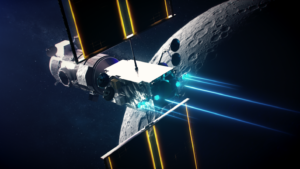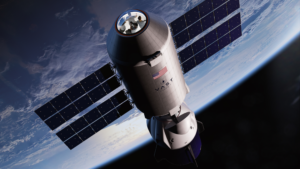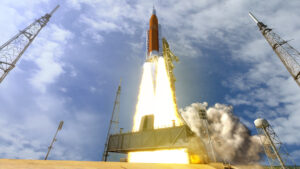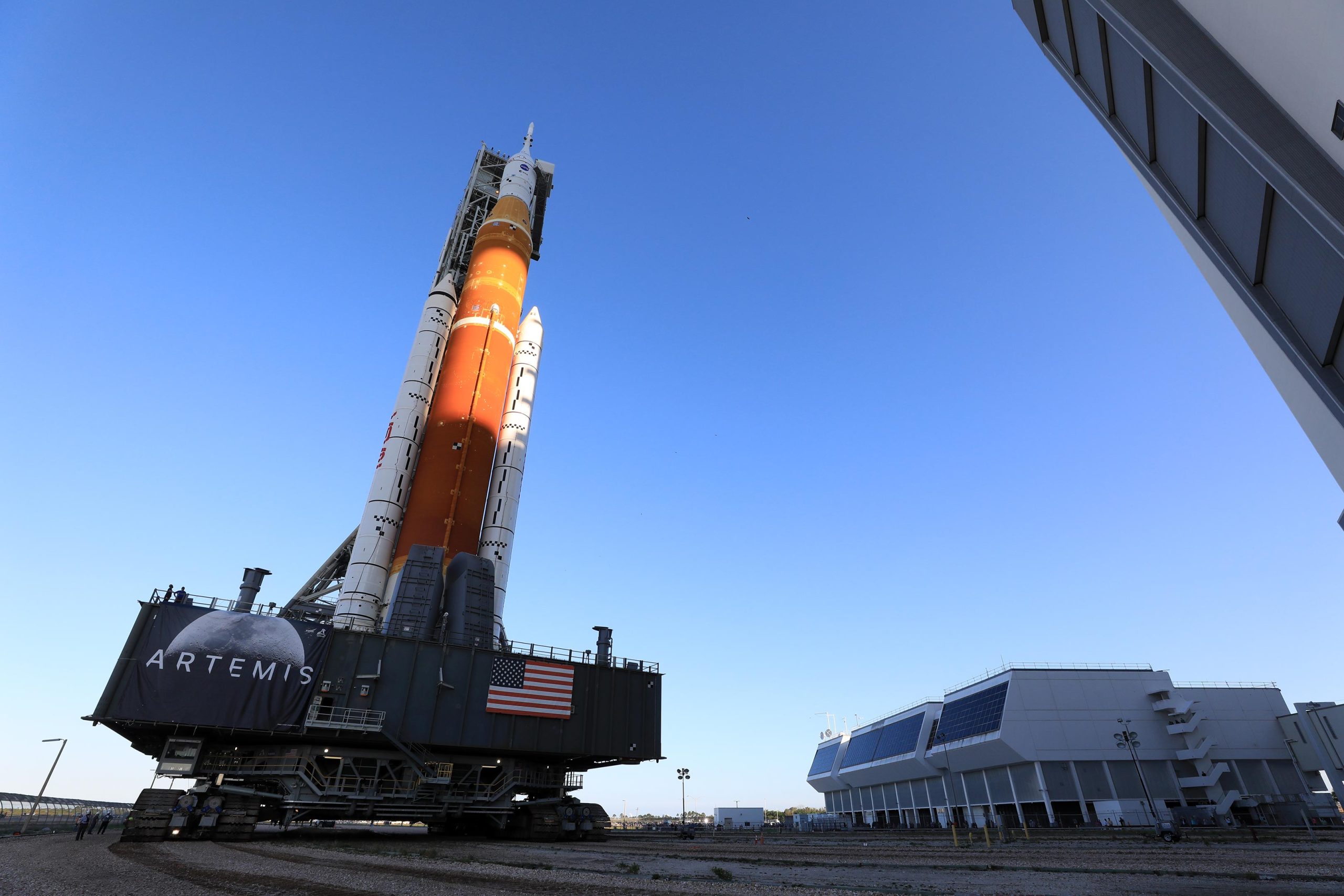
What Exactly Is Artemis 1 & When Is It Launching?
It has been around 50 years since the last time a human stepped foot on the Moon. Now in 2022, significant progress is being made in not only returning humans to the surface but setting up a more permanent presence. One of the key aspects of any future mission apart of Artemis revolves around the Space Launch System. As of right now it was recently rolled out for the first time and preparing for a very important first-ever launch.
Artemis 1 is set to be the first integrated test of NASA’s deep space exploration systems. This includes not only the Space Launch System but also the Orion capsule, ground systems, and more. All of which need to be in perfect operation prior to any human getting on top of SLS. After rolling out only days ago, SLS is about to perform a wet dress rehearsal before a few final steps prior to launch.
In order for future Artemis missions to be on schedule, this upcoming mission needs to go perfectly. However, there are a lot of moving parts and unique goals including sending the Orion capsule all the way to the Moon and back. Here I will go more in-depth into the details surrounding Artemis 1, the recent accomplishments, and what to expect in the coming weeks.
Recent & Upcoming Progress

After years of development and testing, we are beginning to see some significant progress surrounding the future Artemis missions and specifically the Space Launch System. Most recently the rocket was stacked on the mobile launcher and mounted on the crawler-transporter for a journey from the Vehicle Assembly Building to Launch Pad 39B. In total, this process took 10-hours and 28 minutes for SLS and Orion to reach the launch pad four miles away. Now that SLS is on the pad, NASA has a few more tests planned prior to the next step.
This next step is the wet dress rehearsal. Just yesterday NASA tweeted saying, “Teams will soon conduct the final prelaunch test for #Artemis I, which involves filling the @NASA_SLS rocket with fuel and completing a practice countdown.” They also included some important dates for the wet dress rehearsal and more. Specifically, Engineers at NASA will conduct the final test, known as the wet dress rehearsal, of the Space Launch System, Orion spacecraft, and Exploration Ground Systems before the long-awaited Artemis I launch at Launch Pad 39B. The rehearsal will run the Artemis I launch team through operations to load propellant into the rocket’s tanks, conduct a full launch countdown, demonstrate the ability to recycle the countdown clock, and also drain the tanks to give them an opportunity to practice the timelines and procedures they will use for launch. During the approximately two-day test, teams will start by activating the facilities needed for launch and formally beginning the countdown sequence. Team will staff the Launch Control Center at Kennedy and connect with staff in a long list of other important facilities. Launch controllers will proceed to power on different rocket and spacecraft systems, along with ground support equipment. In order to get to the Moon, you need an extremely large and powerful rocket. During this test, teams will load more than 700,000 gallons of cryogenic, or super cold, propellants including liquid hydrogen and liquid oxygen into the rocket at the launch pad on the mobile launcher according to the detailed timeline they will use on the actual launch day. They will practice every phase of the countdown, including weather briefings, pre-planned holds in the countdown, conditioning and replenishing the propellants as needed, and validation checks.
During this wet dress rehearsal, once launch controllers reach the point just before the rocket’s RS-25 engines will ignite on launch day, they will recycle back to the T-10 minute point, and then resume the countdown once more after a hold. The team will then deliberately halt the countdown at about 10 seconds before the simulated liftoff to demonstrate stopping a launch and draining the propellants from the rocket. Sometimes called a “scrub,” launch controllers may decide not to proceed with launch if a technical or weather issue arises during or prior to the countdown, so demonstrating the ability to remove propellants will ensure teams are prepared for various launch day scenarios. These tests ensure everything goes smoothly even if an unexpected error or problem arises on the launch day. Several days after the wet dress rehearsal, the integrated rocket and spacecraft will be rolled back to the Vehicle Assembly Building. Within the VAB, technicians will extend platforms to reestablish access to several parts of the rocket and spacecraft. They will remove sensors specifically used for monitoring during the wet dress rehearsal, charge Orion and other system batteries, stow late-load cargo into Orion, and run final checkouts on several elements, among other tasks. Orion and SLS will roll to the launch pad for a final time about a week before launch. Lastly, NASA will review data from the rehearsal before setting a specific target launch date for the Artemis I launch. This means not long from now we will see the Space Launch System rolled back into the VAB, before returning to the pad, this time to launch in the summertime this year.
What Is Artemis I
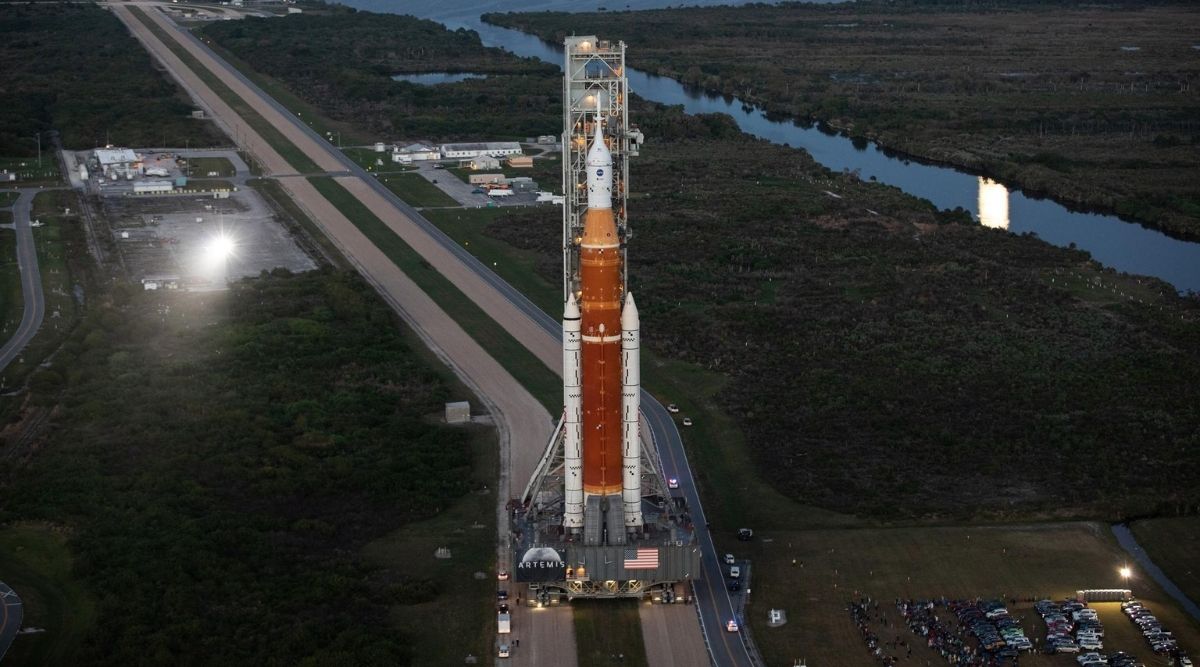
Now that we know some of the most recent and upcoming events, we can take a closer look at what exactly Artemis 1 hopes and plans to achieve. There are three main important aspects of this mission that NASA hopes to complete successfully. This starts with leaving Earth, getting to the Moon, and finally safely returning to Earth. SLS and Orion will first blast off from Launch Complex 39B at NASA’s modernized spaceport at Kennedy Space Center in Florida. As one of the most powerful rockets in the world, SLS will produce 8.8 million pounds of thrust during liftoff and ascent to loft a vehicle weighing nearly six million pounds to orbit. After jettisoning the boosters, service module panels, and launch abort system, the core stage engines will shut down and the core stage will separate from the spacecraft. As the spacecraft makes an orbit of Earth, it will deploy its solar arrays and the Interim Cryogenic Propulsion Stage (ICPS) will give Orion the big push needed to leave Earth’s orbit and travel toward the Moon. From there, Orion will separate from the ICPS within about two hours after launch. The ICPS will then deploy a number of small satellites, known as CubeSats, to perform several experiments and technology demonstrations. This marks the completion of the first major aspect of the Artemis 1 launch. Now Orion has the long journey to the Moon and back.
As Orion continues on its path from Earth’s orbit to the Moon, it will be propelled by a service module provided by the European Space Agency, which will supply the spacecraft’s main propulsion system and power (as well as house air and water for astronauts on future missions). Orion will pass through the Van Allen radiation belts, fly past the Global Positioning System satellite constellation, and above communication satellites in Earth orbit. To talk with mission control in Houston, Orion will switch from NASA’s Tracking and Data Relay Satellites system and communicate through the Deep Space Network. From here, Orion will continue to demonstrate its unique design to navigate, communicate, and operate in a deep space environment. The outbound trip to the Moon will take several days, during which time engineers will evaluate the spacecraft’s systems and, as needed, correct its trajectory. Orion will fly about 62 miles (100 km) above the surface of the Moon, and then use the Moon’s gravitational force to propel Orion into a new deep retrograde, or opposite, orbit about 40,000 miles (70,000 km) from the Moon. The spacecraft will stay in that orbit for approximately six days to collect data and allow mission controllers to assess the performance of the spacecraft. During this period, Orion will travel in a direction around the Moon retrograde from the direction the Moon travels around Earth.
Finally, you have the return trip to Earth. After about three weeks and a total distance traveled exceeding 1.3 million miles, the mission will end with a test of Orion’s capability to return safely to the Earth as the spacecraft makes a precision landing within eyesight of the recovery ship off the coast of Baja, California. Following splashdown, Orion will remain powered for a period of time as divers from the U.S. Navy and operations teams from NASA’s Exploration Ground Systems approach in small boats from the waiting recovery ship. The divers will briefly inspect the spacecraft for hazards and hook up tending and tow lines, and then engineers will tow the capsule into the well-deck of the recovery ship to bring the spacecraft home.
Conclusion
For many years now NASA along with different agencies and companies around the world have put a lot of effort into the Space Launch System and more. Now in early 2022, we are making significant progress on the launch vehicle and future Artemis missions. After rolling out only days ago, SLS will soon go through a wet dress rehearsal. It will then roll back into the VAB before rolling out one last time before the first launch attempt. We will have to wait and see how this launch progresses and the impact it has on the space industry.

